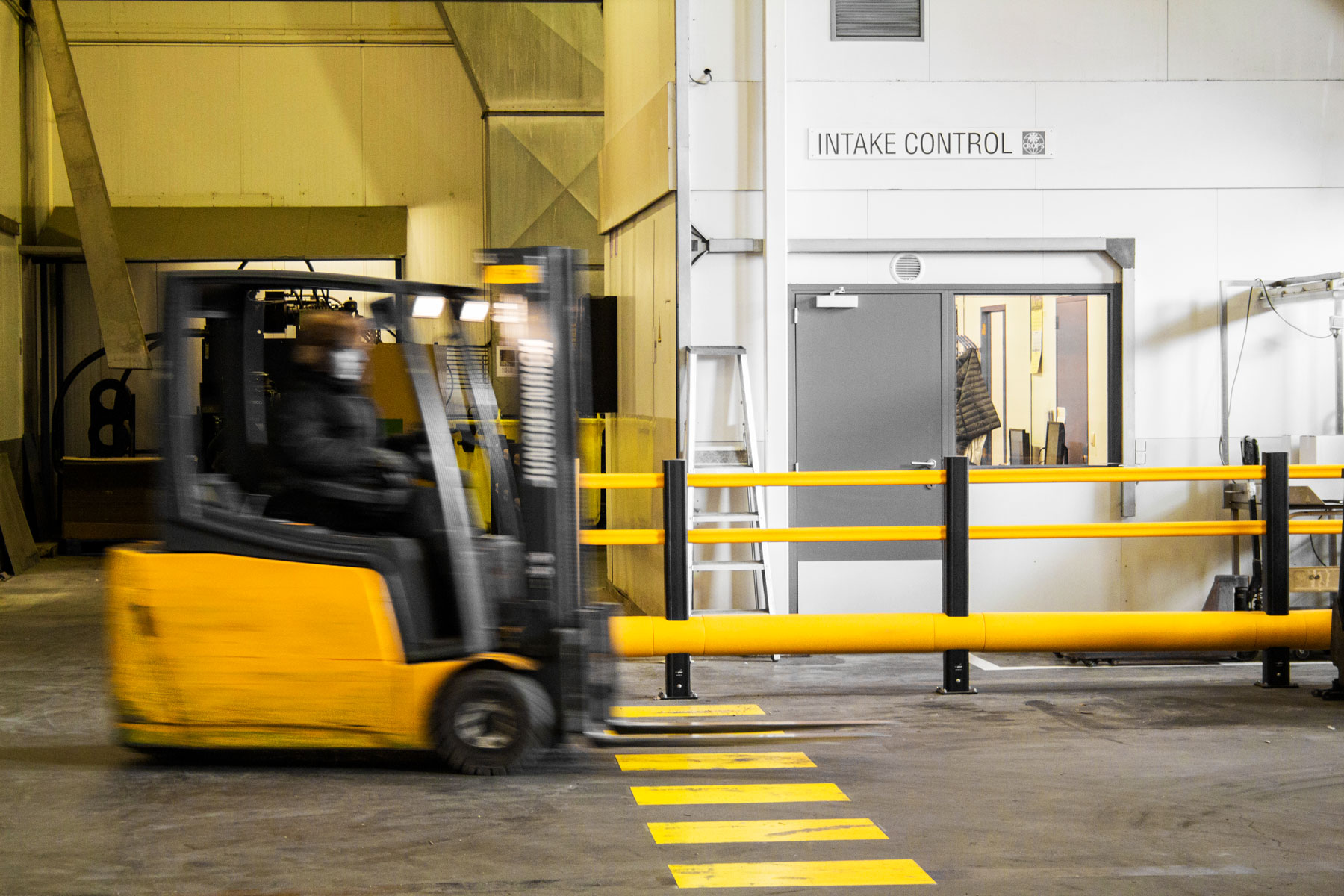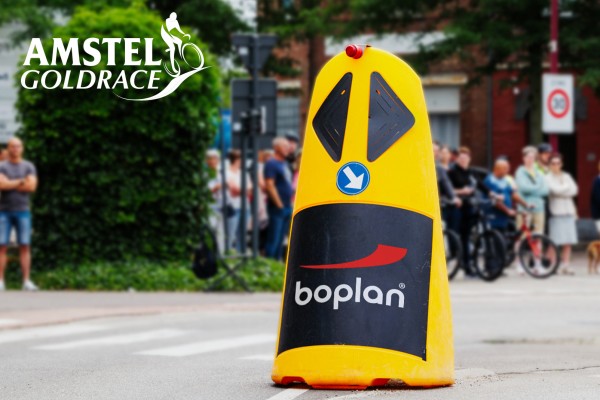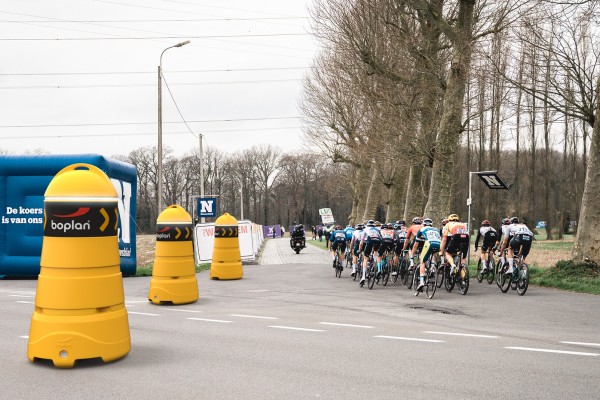A guardrail’s looks can be deceiving
4 August 2016As adoption increases, efforts to clarify industrial equipment guardrail standards are underway
It’s generally accepted that the ideal sidewalk includes a physical barrier like a curb or strip of grass between the sidewalk and the road. “You’ve never seen one that’s just a painted line between pedestrians and cars,” says Frank Oorreel, president of Boplan USA. “Why wouldn’t you also want a physical barrier in your workplace?”
Other than for elevated platform applications, facilities with mixed pedestrian and industrial equipment traffic in the United States simply aren’t subject to any barrierrelated regulations. While no additional standards exist in Europe, the use of guardrails to create pathways for a pedestrian is much more predominant. That said, Oorreel suggests stateside product acceptance among the growing number of polymer guardrail suppliers is just as good as when they were launched in Europe, or better.
“Companies are very keen to adhering to standards and regulations, but the United States has no regulations whatsoever governing level work floors where lift trucks can create a hazardous environment,” Oorreel says. “When that is the case, if it perceives no need, a company will usually not stress over it until something happens. Until they hit a wall, damage a $1 million machine or—worst of all—cause an injury, they are unlikely to look for solutions.”
Because of the increased risk of contact day to day, many facilities are considering guardrail installations with an eye toward infrastructure protection, Oorreel says. Although the standards and related testing are nonexistent, Oorreel says some manufacturers claim that “heavy duty” guardrails are generally expected to resist a 10,000- to 13,000-pound lift truck traveling at 4 mph. However, this is still a vague description since even the word “traveling” does not specify if the truck is moving forward, backward or at an angle. In any case, what is most dangerous is speed, not weight, Oorreel says. “Any engineer will show you a formula proving speed is the key,” he says. “Four miles per hour with 10,000 pounds is one thing, but what if the trucks are moving faster? For now, impact ratings have little meaning.”
Even more concerning, Oorreel suggests, is that too many existing steel guardrail installations fall victim to the same oversight; with each minor impact, whatever impact rating the guardrail had initially is depleted.
“Even daily, small impacts slowly erode the rating, and there’s no readout saying ‘25% of rating remaining,’” Oorreel says. “Rigid structures transfer impacts to the floor, and the anchors take the brunt. We’ve seen many ‘heavy duty’ guardrails loose enough to move with your hand, and they will definitely not be ready for ‘the big one.’”
Oorreel admits guardrails are not something people are crazy about in general, but that could change. “We’re not alone in the market, and it won’t be long before there are more offerings,” he says. “The more guardrails, steel or polymer or what have you, the more everybody wins.”
Source: Modern Materials Handling Aug 2015 by Josh Bond











